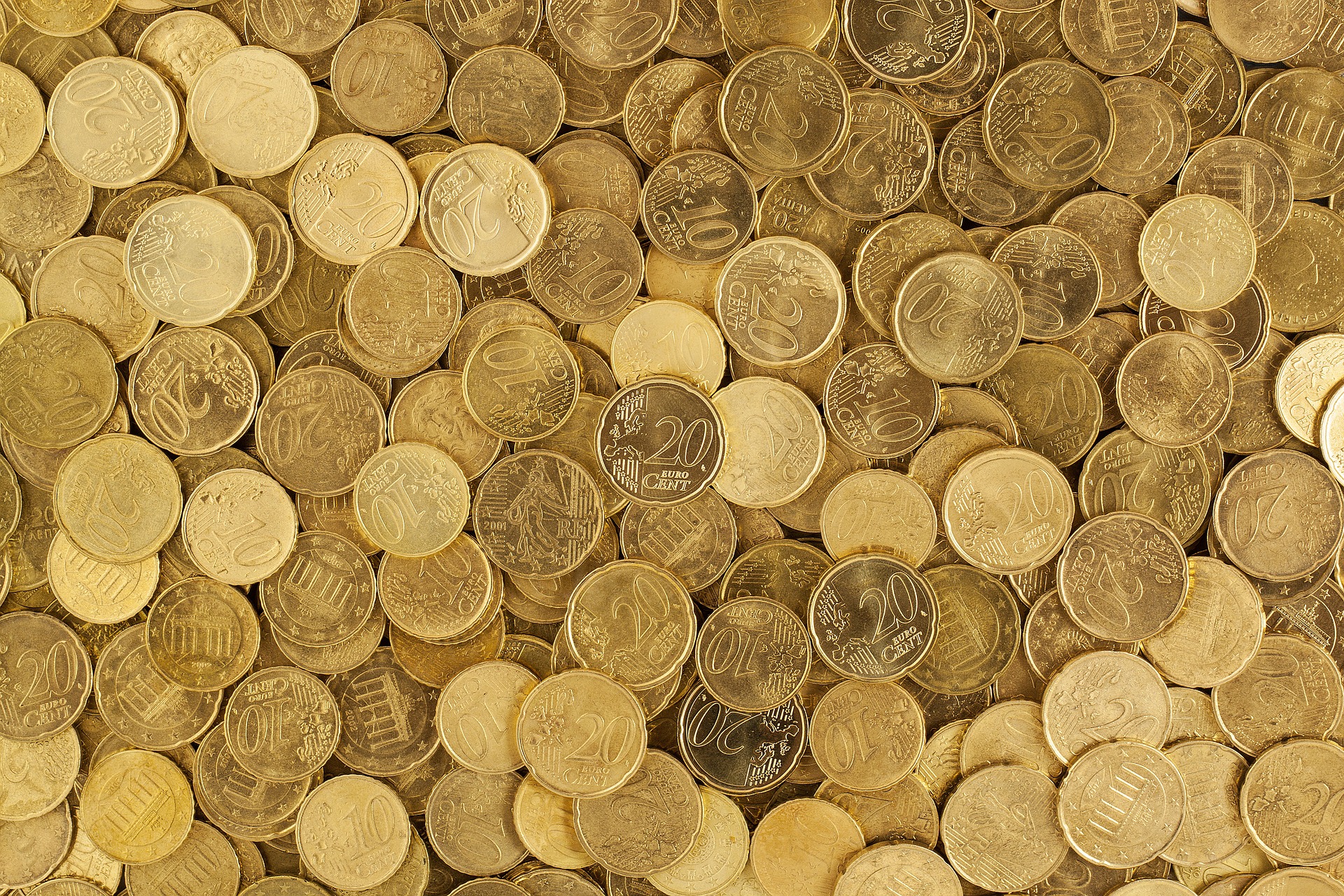One of the best aspects of cryptocurrency is that it is incredibly divisible and almost wholly permissionless (though exchanges can require things like KYC/AML which may deny some access to the under- and unbanked). This means that crypto is generally more accessible to many more people than the legacy financial system. Users are not limited to buying whole shares, or round sum shares (100 shares, for instance) of an asset.
So, someone does not need to be wealthy or well-off to participate in the ecosystem, and they may be able to interface with it in a more meaningful way than legacy finance would allow them. This is a huge development in financial agency for all.
But let’s say you’re struggling a little bit with the day-to-day, and can’t even think of how to begin buying into cryptocurrency. What are some ways to start?
Well, I really began getting into cryptocurrency in 2013-2014, when I was working a poorly-paying job and had more student loans to pay. Then I moved to one of the most expensive cities in the world while earning my master’s degree. I thought I would share some of the ways I still found cash to buy into cryptocurrency during those times.
Note: Some of these methods require also keeping close tabs on the amount of funds in one’s checking account. I use a simple plain text app to keep track of how much is actually in my checking account at any given point.
Contents
Round Up Purchases
One of my favorite ways to save a little money that I can later throw into savings, throw at my brokerage, or throw into crypto (or just treat myself to a nicer 6-pack of beer) is to round up each purchase I make as I subtract it from my checking account note. Then at the end of the month when I balance all of my accounts, there is a little something left over. Usually, I’ll use this to buy some more cryptocurrency.
This worked particularly well for me prior to moving to London, when I had my poorly-paying job. It also helped me really question whether or not I needed the unnecessary things in life (since my little note under-reported my account’s actual worth).
It takes a while for this strategy to really start accumulating a good amount of crypto, but it was helpful for me to allocate a certain, comfortable amount. There are actually a few apps that do this for legacy finance already, and I wouldn’t be surprised if there are already similar ones for crypto.
Dollar Cost Averaging
This strategy works best for me when I have a steady job and pretty consistent expenses. Dollar cost averaging is when someone purchases the same dollar amount of an asset on a periodic basis, regardless of that asset’s worth at the time. The theory is that over time, the cost of acquisition is averaged out, since a buyer will buy in both highs and lows for that market. I’m a fan of this strategy, as it has worked well for me in the past when accumulating crypto.
Getting Paid in Crypto
Obviously, one of the best ways for someone without a lot of money to start getting into crypto is to freelance and get paid in crypto. There are numerous opportunities for the weekend warrior in the crypto space, with countless news sites, blogs, and other jobs requiring that human touch. It is worth exploring, and definitely rewarding.
Convert Unexpected Money to Crypto
This one relies on chance a bit more than the others. When living in London, I also worked as a bartender at a pub. Our U.S. based readers may be surprised to learn that tipping in other countries doesn’t really happen. My pub did have a tip jar, which was usually empty because, again, it’s just not a thing there. However, here and there we would receive tips and divvy them up among the workers that night. For me, this would immediately go into the bitcoin ATM down the road.
I also enjoy finding coins (and the occasional note) on the ground. These also go into crypto as soon as possible.
The nice part about this strategy for me was that I didn’t stress about exchange rates, since it was all money I didn’t expect to have anyway.
*
These are just some of the strategies I use when money gets a little tight to keep buying into crypto, but they’re far from all of them. Just a reminder: this is not financial or investing advice; always do your own research.
Image(s): Shutterstock.com

